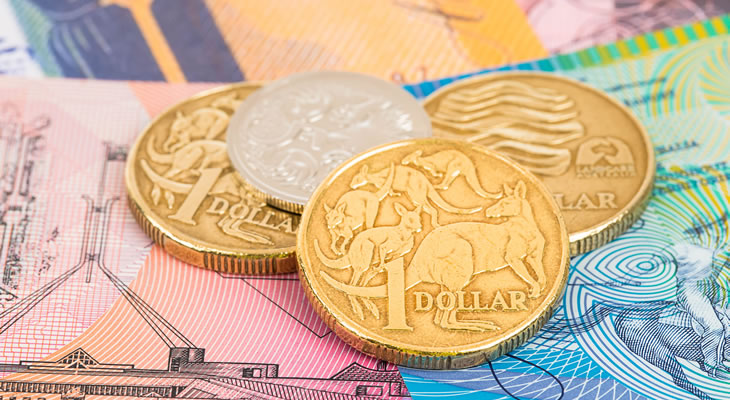The Pound to Australian Dollar has slumped this week, but as Australia’s trade data took a hit from damages caused by Cyclone Debbie earlier in the year the pair has recovered from its worst levels.
GBP AUD began the week trading at the level of 1.7320 and dropped for the first half of the week, hitting a one-month-low of 1.7068 on Wednesday. The pair emerged from its worst levels on Thursday.
Pound (GBP) Supported by UK General Election Confidence
Sterling investors remain confident that the Conservative party will win a comfortable majority in the UK general election, as voters head out to the polls throughout Thursday.
Polls are still mixed but most indicate a comfortable lead for the Conservative party. What isn’t so clear is just how much the Conservatives will win by – if they fail to win over 326 seats they will not be able to form a majority government.
While investors are still confident in a bigger Conservative majority (which would be Pound positive), other options remain possible and could have a strong effect on the long-term Pound outlook.
If the Conservatives see a similar performance to 2015 or their majority worsens, the Pound could slip. Investors would fear that faith in UK Prime Minister Theresa May will drop – as she was the one who called the election in the first place.
Another possibility is also being entertained by analysts, a ‘hung parliament’. If the Conservatives fail to win enough seats to form a majority government, negotiations taking days or weeks will begin to decide whether a minority or coalition government would take power.
In the short term, a ‘hung parliament’ would lead to Pound plummets. However, in the event a left-leaning coalition is made, bets of a ‘soft Brexit’ would increase and the long-term Pound outlook may actually improve.
Australian Dollar (AUD) Weakens as Australia’s Trade Surplus Fades
Despite seeing a strong performance earlier in the week, the Australian Dollar weakened during Thursday’s Asian session, helping the Pound to Australian Dollar exchange rate to emerge from its monthly lows.
Australia’s April trade surplus report came in well below expectations.
Analysts expected the surplus would fall from A$3.169b to around $1.9b in April. However, the result of A$0.555b indicated a much bigger drop. Monthly exports plunged from 2% to -8% and imports dropped from 5% to -1%.
This was largely due to damage caused to Australian trade routes in Queensland by Cyclone Debbie earlier in the year. Rail tracks were ruined causing significant delays, especially with coal trade. Exports of coal alone almost halved in April.
This increased concerns that Q2 growth in Australia was off to a poor start, especially after the Q1 Gross Domestic Product (GDP) report from earlier this week had beaten expectations.
While GBP AUD remains well below the week’s opening levels, traders have become more concerned about the Australian Dollar outlook.
If next week’s Australian data impresses, the ‘Aussie’ could strengthen again however. Business confidence, consumer confidence and Australian unemployment figures will be published throughout the week.
GBP AUD Interbank Rate
At the time of writing, the GBP AUD exchange rate trended in the region of 1.71. The Australian Dollar to Pound exchange rate traded at around 0.58.


Comments are closed.